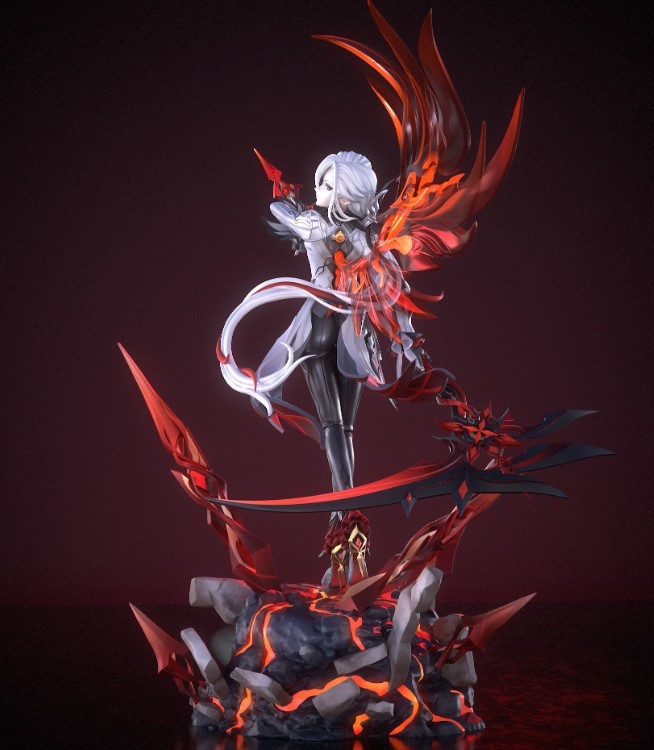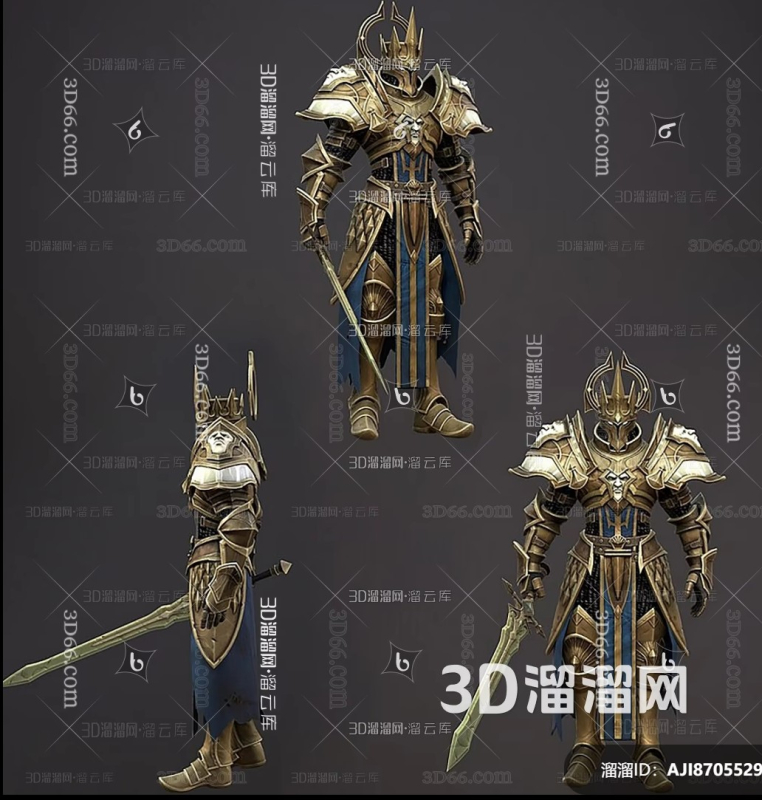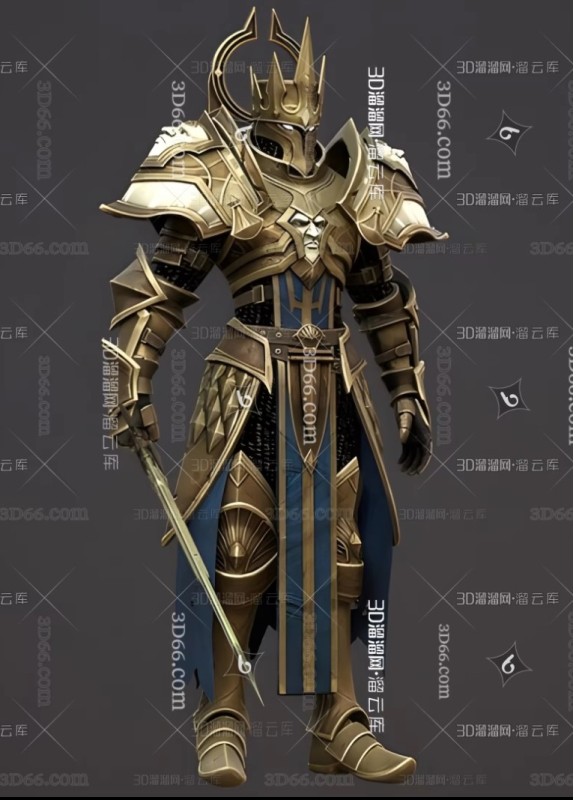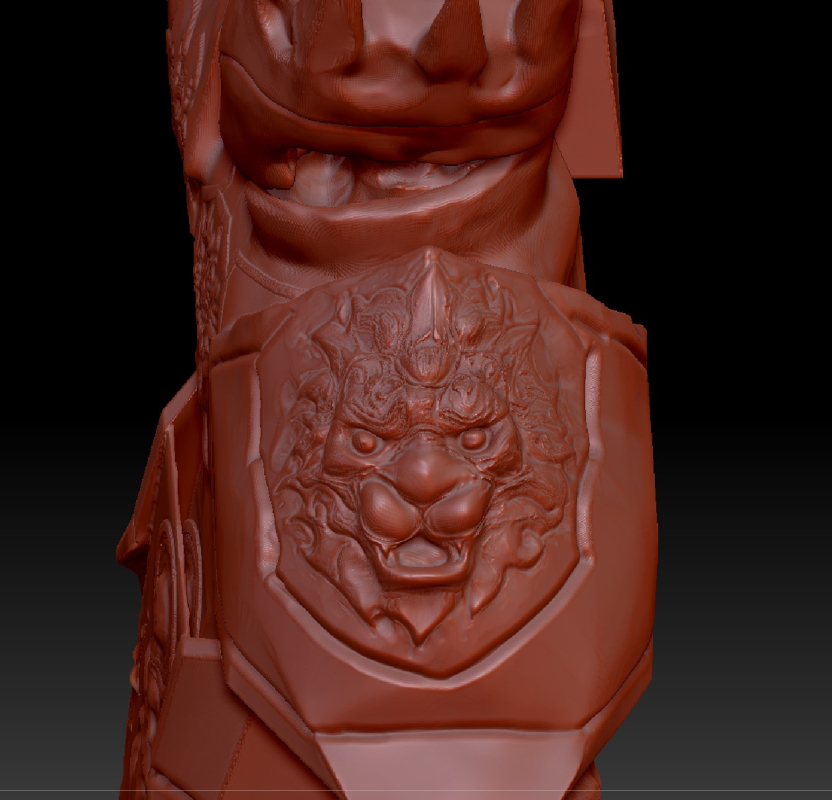The “Zenith Project” is essentially Freestyle’s version of a senior thesis, students are encouraged to design and complete a self-directed project. The goal is to show everything they’ve learned throughout their Freestyle courses, while pushing themselves to create their best and most ambitious work yet. The word “Zenith” itself means the peak or most successful point of something, which reflects the project’s purpose: to represent the culmination of two years of growth, creativity, and skill development.
My Zenith Project was about creating the best 3D artwork I possibly could—something visually impressive and rich in detail. So, I began by searching online for 3D images that matched my vision. My original plan was to model a 3D version of a video game character I really like, as shown in the image below:



Unfortunately, my teacher, Mr. Cho, pointed out that this project was too advanced for our current level of experience. With what we’ve learned so far, it would be very difficult to create materials that look like silk—especially the flowing hair or the detailed fabric patterns shown in the image. However, he encouraged me by saying that if I stay interested and keep practicing for a few more years, I’ll be able to achieve it. So later, I decided to change my project goal, as shown in the image below:


When I decided to create this piece, I was determined to showcase the armor’s details as vividly as possible. I started by using Maya to build the basic shape of the character. Beginning with a simple cube, I enabled symmetry mode, which saved a lot of time. Then I added edge loops and increased the number of faces, allowing me to begin extruding and adjusting the shape step by step until I reached my desired form.
Next came my favorite part: sculpting. I spent about a week learning the most commonly used tools in Zbrush (software I used) before getting started. The ones I used the most were the Control Tool and the Flatten Tool. I first used the Control Tool to pull and shape the basic forms, then used the Flatten Tool to clean up and smooth the surfaces.
For the intricate patterns on the model, the best method was to find ready-made images from a texture library and stamp them directly onto the surface. I tried this technique on the scale armor—it worked really well. However, it didn’t work as effectively for more complex elements, like the lion head on the shoulder. Since the stamped image is flat, I had to manually add depth and layers to give it a three-dimensional feel. That part took a long time.



Here’s my final production in Zbrush
Then, I imported the model into Adobe 3D Substance Painter. Unfortunately, I lost some of the details during the process. I tried several times but couldn’t fully prevent it, so I chose the best version I had and started painting it bit by bit, carefully selecting the materials. Eventually, I completed the final piece.
And this is my presentation:
Reflection:
Overall, my presentation was very successful, mainly because the audience responded really well. At the beginning, I created suspense with the title by leaving people wondering why it was called “Venom.” Then, I ended with a humorous twist that revealed the answer, and the audience laughed—just the effect I was hoping for. However, during the presentation, I mentioned that “on the day I faced the biggest problem, Mr. Cho unfortunately wasn’t at school.” I intended it as a lighthearted, self-deprecating remark, but I didn’t consider how Mr. Cho might feel. He felt a bit embarrassed, and I truly regret that. It was thoughtless of me, and in the future, I’ll be more mindful of others’ feelings and think things through more carefully.
This project truly ignited my passion, especially because I chose it myself—I constantly felt like I was doing something really cool. Without a doubt, I improved my skills and gained much more experience in 3D modeling. In particular, I believe the mistakes I made along the way will be valuable lessons for the future.
The greatest lasting value of this project is that it allowed me to explore my own interests—I finally discovered what I’m truly passionate about. In addition, I realized that I need to improve my time management skills and avoid taking such big risks in the future.